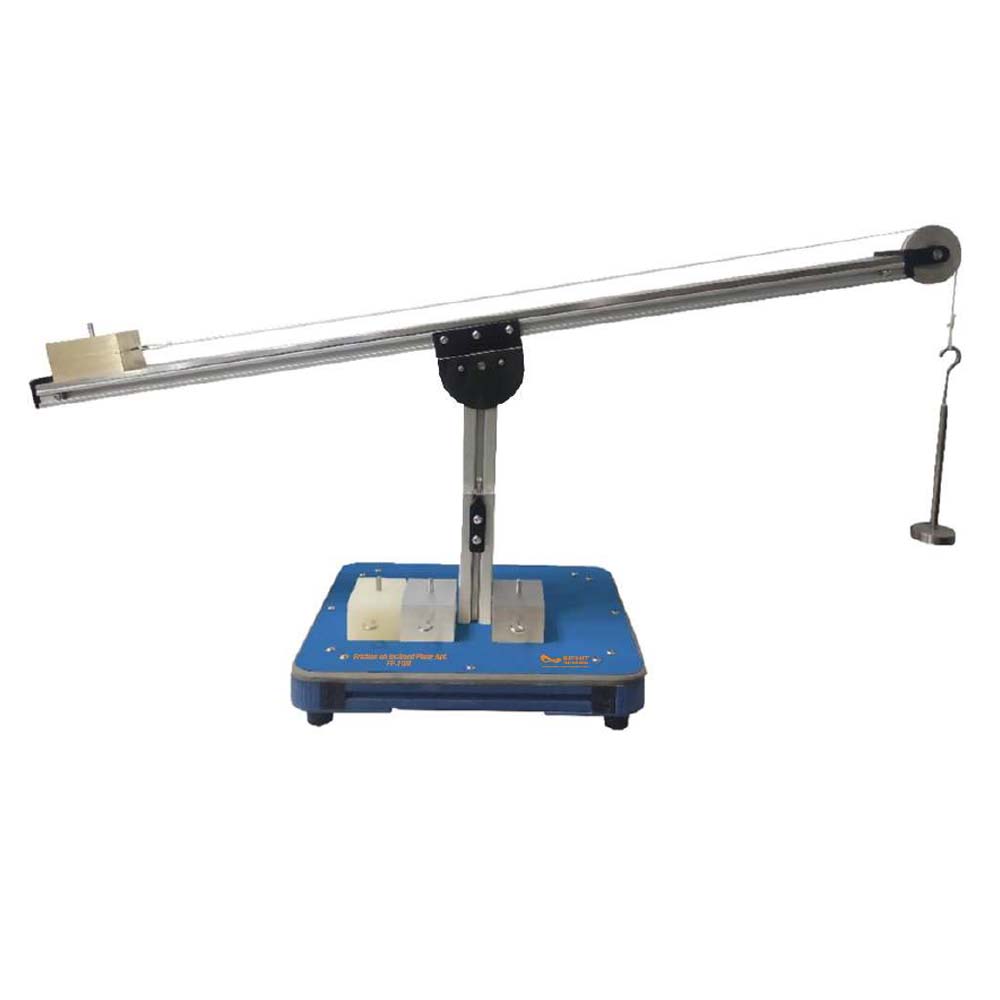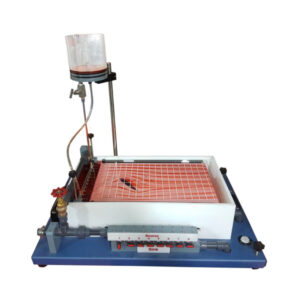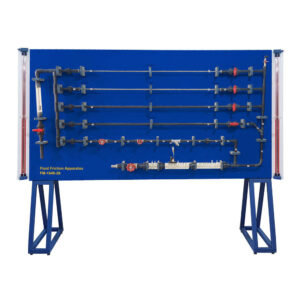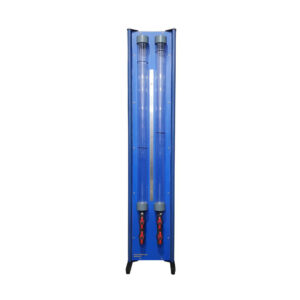This apparatus is designed to measure the coefficient of friction of different materials. The apparatus consists of a plane surface that has a pulley attached to one end. The plane can be set at
any angle required by the user through a pointer and protector. Blocks of different materials will also be provided to the students with the apparatus. In the beginning, a cord is attached to block and the block is placed on the opposite end of the rod with the pulley. At the end of the cord, that is towards the pulley, a hangar is attached. The cord, with hanger, is passed over the pulley and some weights are placed on the hangar. This causes the block to move across the surface of the plane. Friction experiments on the inclined plane help students to understand the fundamentals of mechanical friction. The main elements of FF-1109 are a sliding surface (the inclined plane), with an adjustable angle of inclination, and four samples. A sample is moved from the stationary state to the sliding state in two ways. In the first experiment, the plane is carefully tilted until the sample begins to slide downwards and the downward force is greater than the static friction force. In the second experiment, a weight acts as a tensile force upon the sample. The weight is gradually increased until the sample begins to slide upwards in a uniform motion. The angle of inclination of the plane is not altered in this experiment.
Experiments
- Determination of the friction coefficients of various material pairings.
- Transition from static to dynamic.
- Static equilibrium of forces on the inclined plane.
- Determination of the angle of inclination as from which sliding occurs (calculation and verification by experiment).
Specifications
- Experiment relating to friction on the inclined plane.
- Inclined plane with MS base, drag link with angle scale and ball bearing-mounted deflection roller.
- Angle of plane adjustable.
- 4 samples: 1x steel / polypropylene, 1x aluminium/brass
- Graduated weight set.




